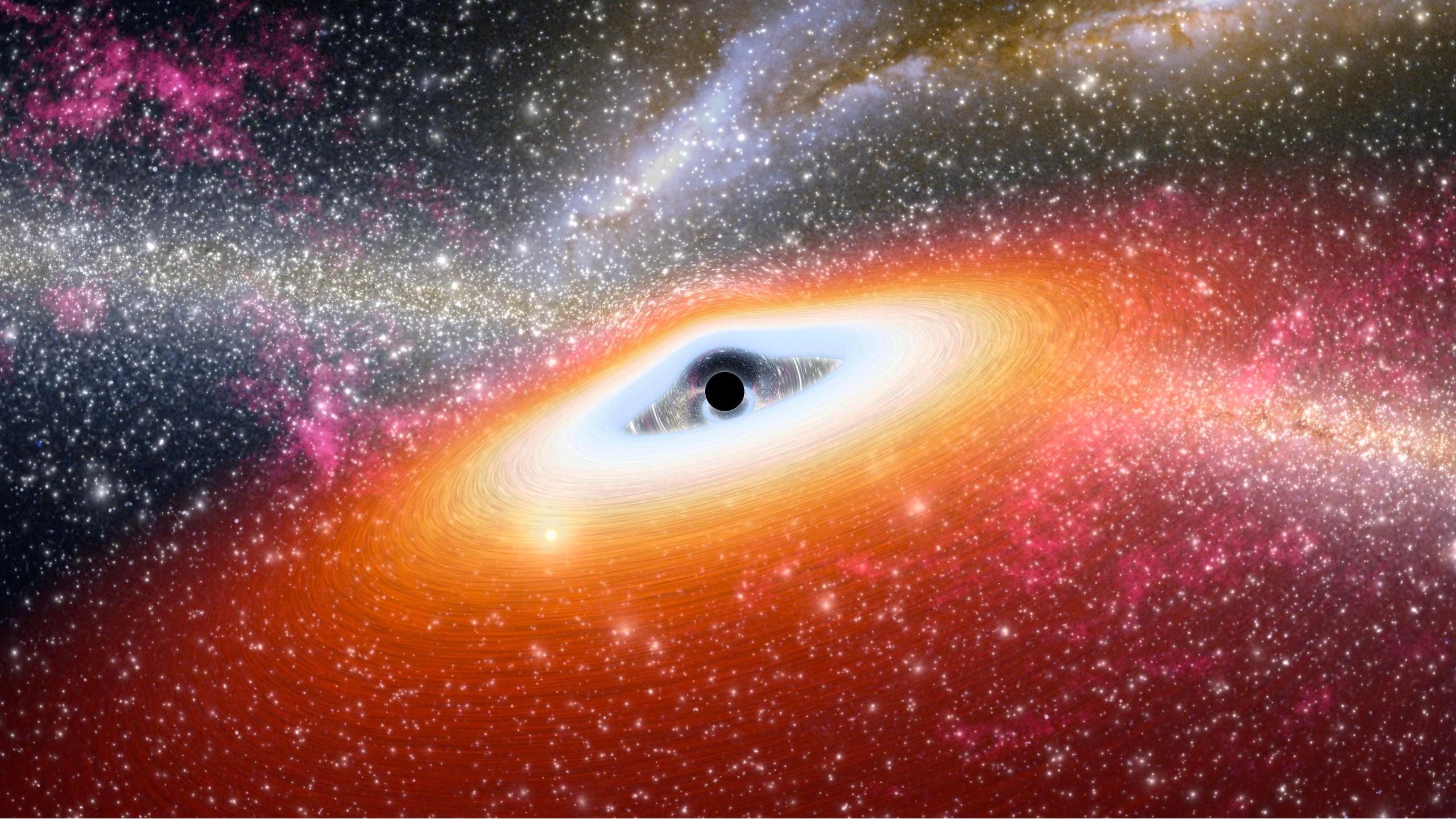Astronomers are preparing to create the first image of an actual black hole
Using the Event Horizon Telescope

An international team of researchers is coming to the conclusion of a 20-year project to design a telescope capable of imaging a black hole.
That's no easy task. Black holes are black because light can't escape from them. So what the team is doing instead is capturing the light that surrounds a black hole, marking the 'event horizon', just before it disappears forever.
Supermassive
Twelve teams have installed special equipment on radio telescopes scattered around the world. The equipment will allow them to capture data at a specific frequency – 230GHz – between 5 and 14 April 2017 and record it onto hard drives.
The telescopes will be pointed at the center of our galaxy, the Milky Way, where it's believed that a supermassive black hole named Sagittarius A* is located.
Sagittarius A* is thought to have a mass four million times greater than the Sun, and an event horizon about 12.4 million miles across. However, its distance from Earth (26,000 light years) means it would still appear smaller than a pin-prick in the night sky.
Black blob
Once data collection is complete, the hard drives will be sent to a team at the MIT Haystack Observatory, who'll stitch it together in a way that simulates a single radio telescope as large as the Earth.
"The Event Horizon Telescope is the first to resolve spatial scales comparable to the size of the event horizon of a black hole," said University of California, Berkeley astronomer Jason Dexter.
Get daily insight, inspiration and deals in your inbox
Sign up for breaking news, reviews, opinion, top tech deals, and more.
The resulting image is expected appear as a ring around a black blob, though the Doppler effect will make it appear to us as a crescent. The processing will take some time, so expect the final image to appear some time in 2018.
